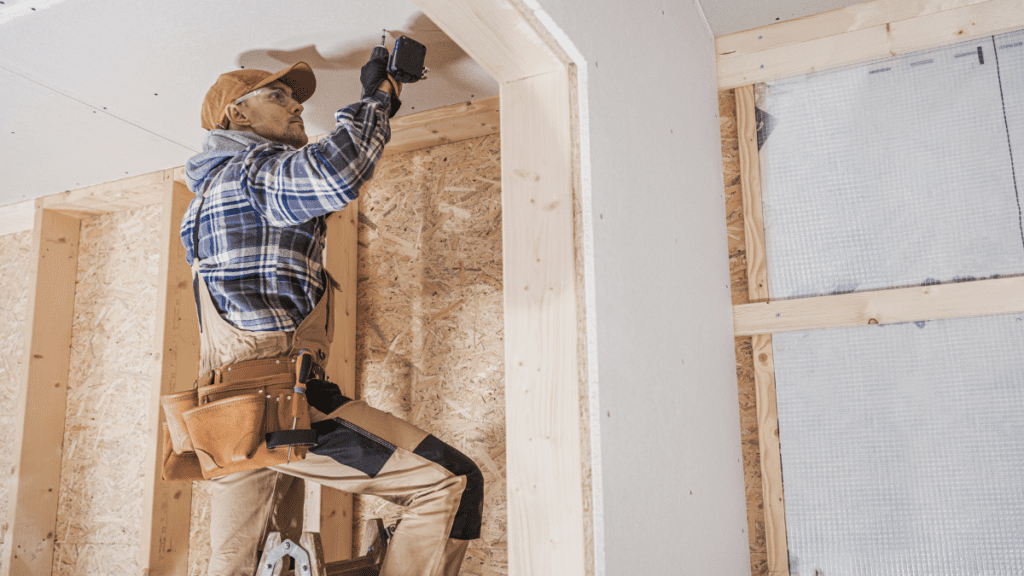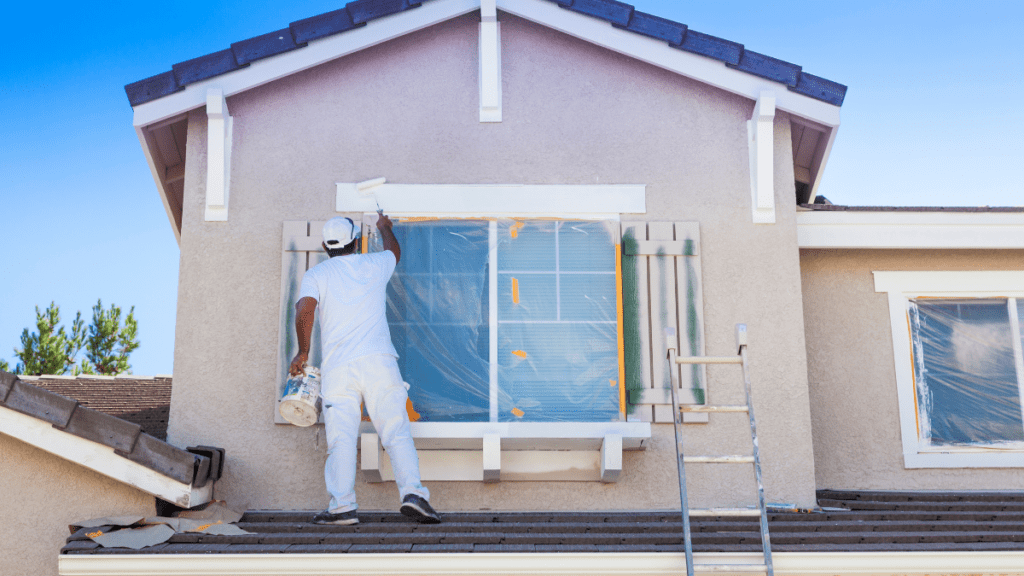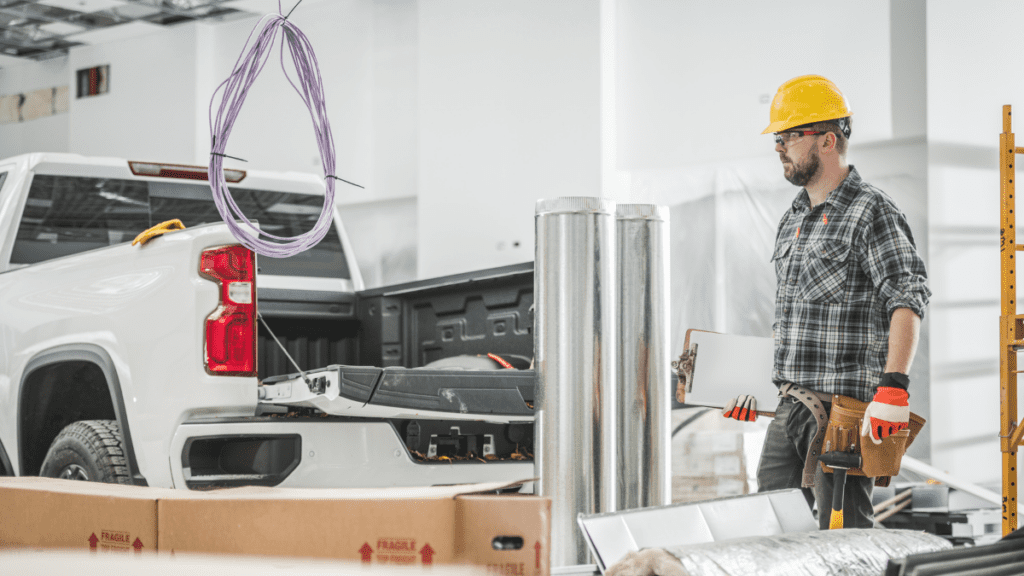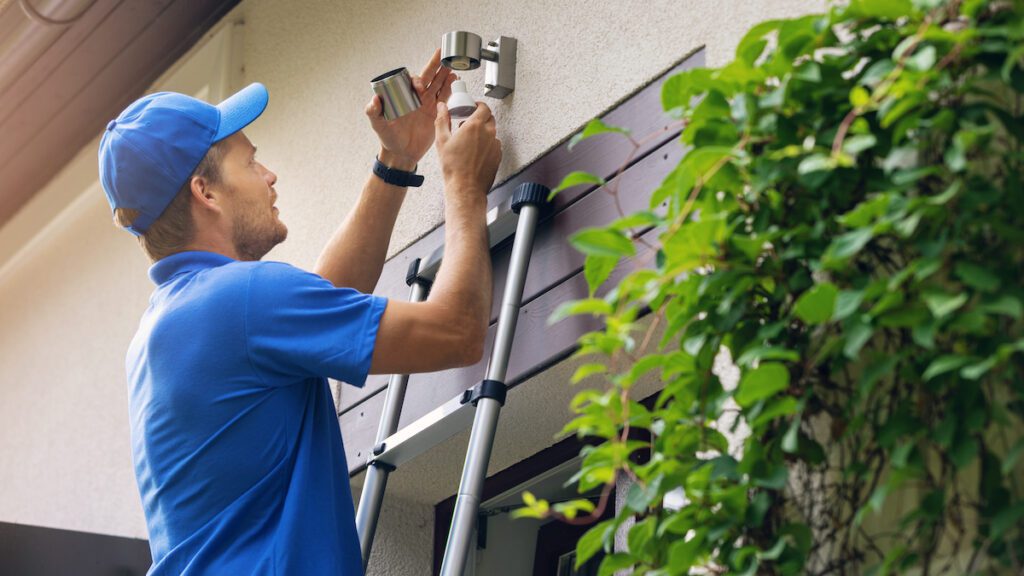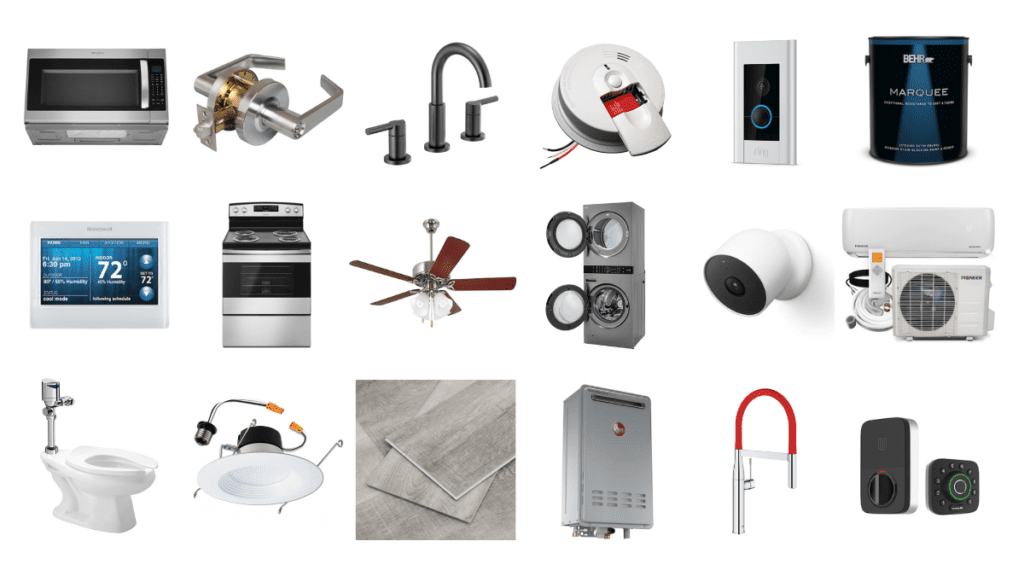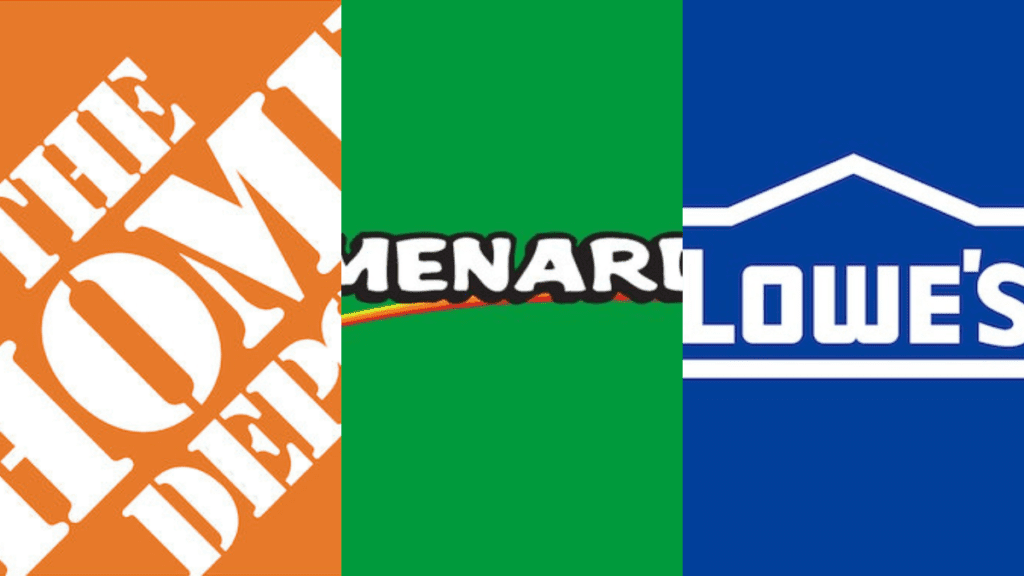Last Updated: April 2024
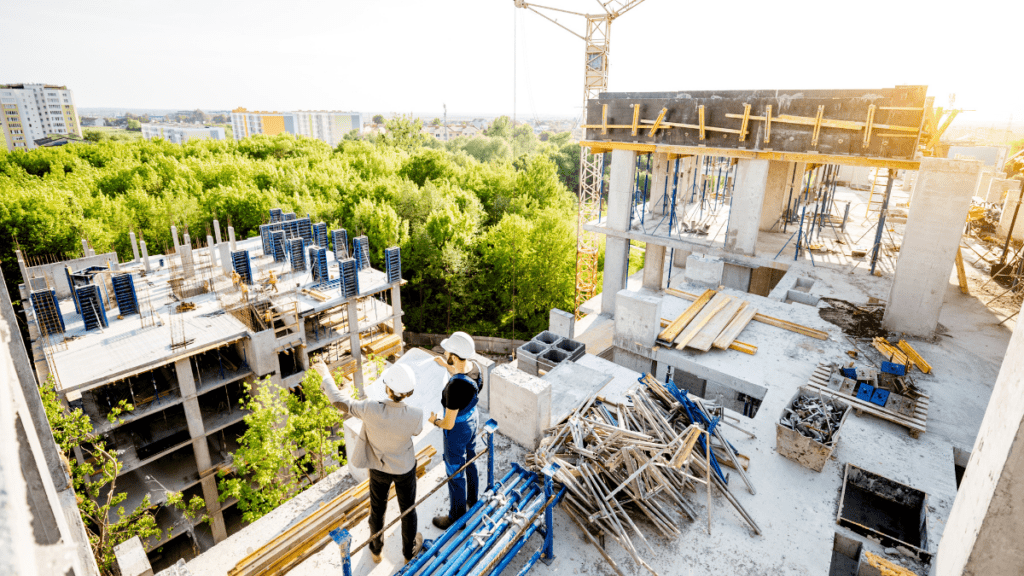
Rental real estate development is a multifaceted process of rental property construction that encompasses market analysis, site selection, and efficient design planning to meet the evolving needs of tenants. From developing single family homes, to multi-story commercial buildings, the process typically follows a similar pattern. In order to ensure that projects are financially viable and profitable, the process requires a keen understanding of financing options and budget management.
What is Rental Real Estate Development?
Development Definition
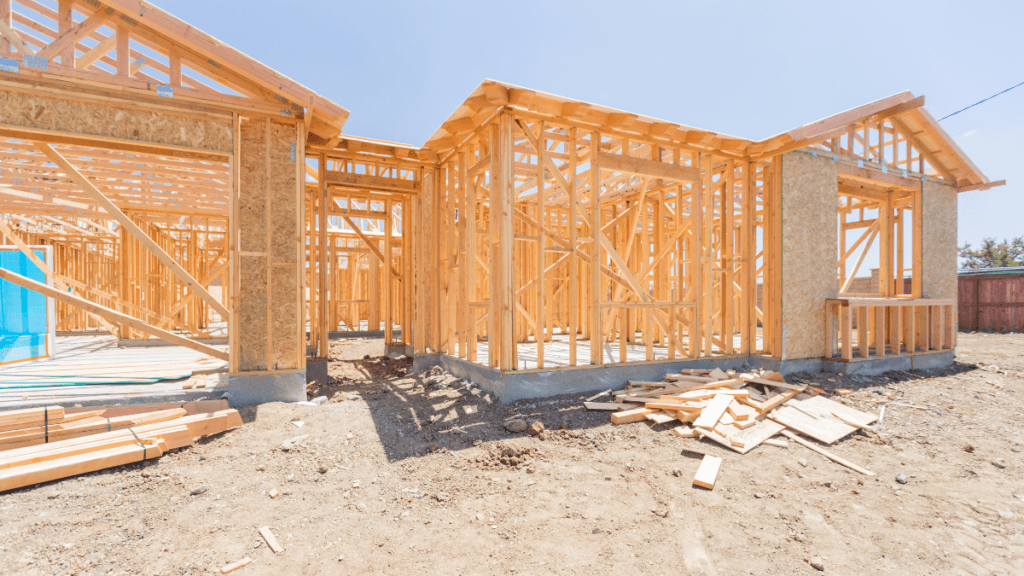

Rental real estate development (also called ground up development) refers to the process of planning, financing, and constructing properties specifically designed for leasing to tenants. It involves a series of steps including market research, acquisition of land, design and construction of housing units, and adherence to legal and regulatory standards.
Development Explained
Rental real estate development is the full process of creating places for people to rent, like apartments or office spaces, by taking raw land and turning into a fully finished structure. It starts with picking a good spot where people would want to live or work. Then, there’s a lot of planning about how the building should look and what it should have inside. After the planning, the actual building or fixing up of the place happens, making sure everything is safe and follows the rules. Finally, the developer looks for people or businesses who want to rent this newly made or updated space. The ultimate goal of rental real estate development is to create profitable, sustainable, and desirable living spaces that meet the demands of the rental market.
Types of Rental Real Estate Developments
Rental real estate development encompasses a diverse array of property types, each catering to specific market needs and preferences. From residential spaces designed for families and students to commercial and industrial facilities for businesses, these developments play a crucial role in shaping the living and working environments of communities.
Residential – Single Family
Single-family rental developments consist of individual homes designed for one family or household. These properties often offer more space and privacy compared to multifamily units, attracting families or individuals seeking a homely environment.
Residential – ADU (Accessory Dwelling Units)
ADUs are small living units on the same property as a main residence, like a backyard cottage or a converted garage. They provide an affordable housing option and are a way for homeowners to generate rental income.
Residential – Build-to-Rent
Build-to-rent developments are communities of homes built specifically for renting rather than selling. These offer tenants the benefits of new homes in a community setting, often with shared amenities.
Residential – Multifamily
Multifamily developments consist of buildings with multiple separate housing units, such as apartments or condos. They cater to a wide range of tenants, from singles to small families, and often include shared amenities like gyms or pools.
Residential – Affordable Housing
Affordable housing developments are designed to be cost-effective for low to moderate-income tenants. These projects often involve subsidies or incentives and aim to provide quality housing in a financially accessible way.
Commercial – Retail
Retail rental developments include spaces for businesses like shops, restaurants, or service providers. These are often located in areas with high foot traffic to attract customers.
Commercial – Office
Office developments are designed to provide workspaces for businesses. These can range from high-rise buildings in urban centers to suburban office parks, and are often built out with many amenities and workspaces designed for its occupants.
Commercial – Industrial
Industrial rental developments are geared towards businesses needing large spaces for manufacturing, warehousing, or distribution. They are typically located outside residential areas and have easy access to transportation routes.
Hospitality
Hospitality developments include hotels and motels, providing short-term lodging services. These properties often feature amenities like restaurants, meeting rooms, and recreational facilities.
Prefab Communities
Prefab communities are developed using pre-manufactured buildings that are assembled on-site. This method can offer quicker construction times and cost savings, appealing to both developers and renters.
Parking
Parking developments focus on providing space for vehicle storage. These can be stand-alone structures or part of larger developments, often in urban or densely populated areas.
Self Storage
Self-storage developments offer rental units for personal or business storage. These facilities cater to individuals needing extra space or businesses requiring storage solutions.
Senior Housing
Senior housing caters to older adults, offering various levels of care and amenities. These range from independent living to assisted living facilities, often including healthcare services.
Student Housing
Student housing developments are tailored to the needs of college and university students. These are usually located near campuses and offer features like furnished rooms, communal study spaces, and flexible lease terms.
Vacation Rentals
Vacation rental developments provide short-term lodging in tourist destinations. These range from simple apartments to luxury villas, offering a home-like experience for travelers.
The Development Process – 10 Steps
The rental real estate development process is a comprehensive journey, encompassing various critical phases crucial to the success of any project. From the initial market analysis to the final steps of property management and optimization, each stage plays an integral role in shaping a successful development. Below we take a look at the 10 steps that typically make up the process.
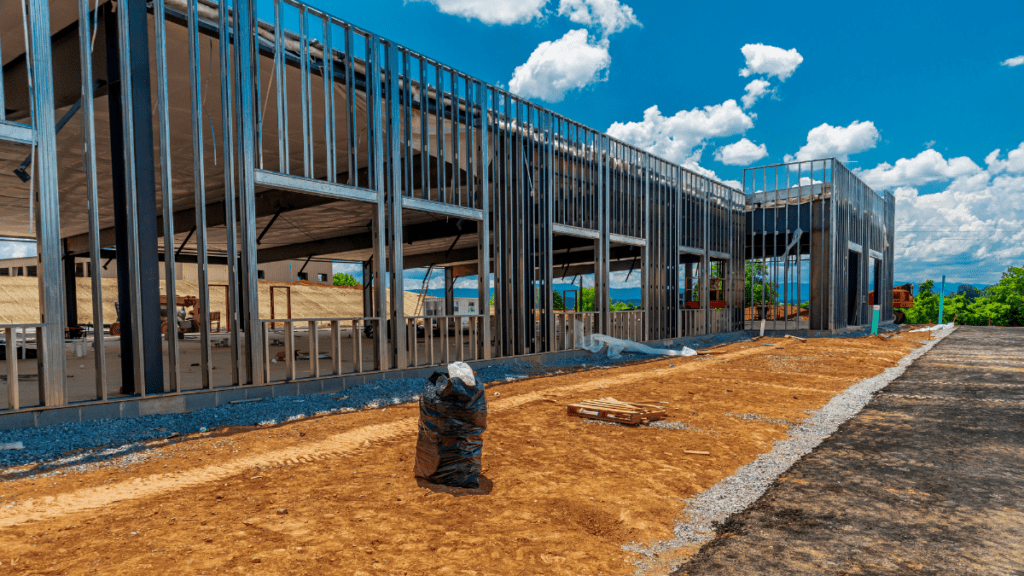

1. Market Analysis and Feasibility Study
This initial step involves researching the local market to understand demand, competition, and economic conditions. Developers assess potential rental rates, occupancy levels, and target demographics to determine the feasibility of the project. This stage is crucial for identifying the most suitable type of development, whether residential, commercial, or specialized, like student or senior housing.
2. Site Selection
Choosing the right location is key, considering factors like accessibility, neighborhood quality, and proximity to amenities or employment centers. Environmental assessments and zoning regulations are also evaluated to ensure the chosen site is suitable for the intended development. The location significantly impacts the appeal and success of the development, whether it’s a residential community or a commercial complex.
3. Securing Financing
Developing a detailed financial plan and securing funding is essential, involving options like bank loans, investor capital, or government subsidies. The financial plan should cover purchase costs, construction expenses, and projected operational costs. Adequate financing ensures the project can proceed smoothly without cash flow interruptions.
4. Design and Planning
This stage involves architects and engineers to design the building(s) in alignment with the market needs and regulatory requirements. Considerations include maximizing space utilization, aesthetic appeal, and functional design to attract and retain tenants. Sustainability and energy efficiency are increasingly important in modern developments.
5. Obtaining Permits and Approvals
Developers must navigate local government regulations to obtain necessary permits for construction, utilities, and other aspects. This step can be time-consuming and requires understanding of local building codes and regulations. Ensuring compliance with all legal requirements is critical to avoid delays and legal issues.
6. Construction
The construction phase involves hiring contractors, managing timelines, and overseeing the build process to ensure quality and adherence to plans. Regular site inspections and coordination with various stakeholders are vital for keeping the project on track. Construction methods and materials can vary greatly depending on the type of development, whether it’s a high-rise apartment, a commercial plaza, or an industrial warehouse.
7. Marketing and Leasing Strategy
Developers create a marketing plan to attract tenants, which can include advertising campaigns, promotional events, and working with real estate agents. Setting rental prices and lease terms based on market research is crucial for competitiveness and profitability. For commercial properties, securing anchor tenants can be a key strategy, while for residential properties, showcasing amenities and lifestyle benefits is often effective.
8. Tenant Improvement and Customization
Especially relevant for commercial and industrial rentals, this step involves modifying spaces to meet specific tenant needs. This can range from basic cosmetic changes to substantial structural alterations. The extent of tenant improvements is often negotiated as part of the lease agreement.
9. Property Management Setup
Effective property management is crucial for maintaining the quality of the development and ensuring tenant satisfaction. This includes ongoing maintenance, handling tenant inquiries and issues, and managing financial aspects like rent collection. For larger developments, hiring a professional property management company can be beneficial.
10. Review and Optimization
Once the development is operational, ongoing review of its performance is necessary. This involves monitoring financial performance, tenant feedback, and market trends. Regular assessments help in making necessary adjustments to leasing strategies, maintenance plans, and operational policies to ensure long-term success.
The #1 Rental Property Newsletter
Once a month, we send out an exclusive Rental Property Market Update with top stories, current mortgage rates, building products, and more. No spam and unsubscribe anytime.


Investing in Rental Real Estate Developments
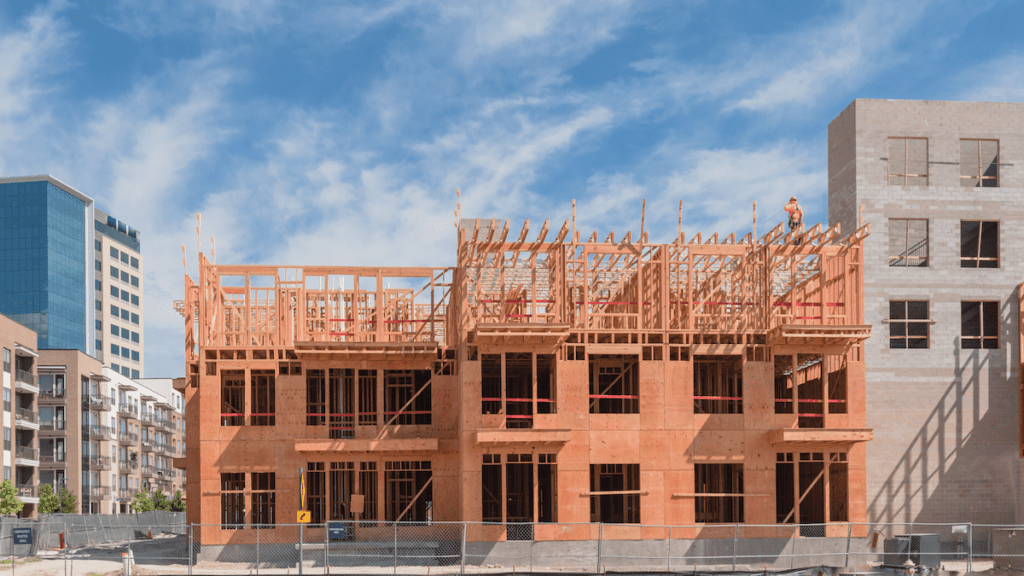

Rental real estate development investing involves financing projects that create or improve properties intended for leasing, offering investors potential income through rent and property value appreciation. This form of investment can span across various sectors, including residential, commercial, and industrial properties, each with its unique risk and return profile.
Rental Real Estate Development FAQ
What Are the Key Factors to Consider Before Starting a Rental Real Estate Development Project?
Before embarking on a rental real estate development project, it’s crucial to consider several key factors. Location is paramount, as it influences demand and rental rates, while understanding the local market helps in tailoring the development to meet specific needs. Additionally, financial feasibility, including cost projections and potential ROI, as well as compliance with zoning laws and building codes, are essential for a successful development.
How Do I Secure Financing for a Rental Real Estate Development?
Securing financing for a rental real estate project involves exploring various options like traditional bank loans, partnerships with investors, or tapping into government funding programs. It’s important to prepare a detailed business plan that outlines the project’s viability, expected returns, and risk mitigation strategies to present to potential lenders. Understanding and leveraging different financing structures can significantly impact the overall success and profitability of the project.
Search Rental Real Estate
Try searching out site for hundreds of rental property topics ranging from property management, investor tool reviews, investment research, and more.
What Are the Legal and Regulatory Requirements for Rental Real Estate Development?
Navigating the legal and regulatory landscape is a critical aspect of rental real estate development. Developers must obtain the necessary permits and ensure their project complies with local, state, and federal regulations, including building codes, environmental laws, and land-use restrictions. Staying informed and consulting with legal experts in real estate can prevent costly delays and legal challenges, ensuring the project proceeds smoothly.
What Are the Challenges and Risks Involved in Rental Real Estate Development, and How Can I Mitigate Them?
The realm of rental real estate development comes with its set of challenges and risks, such as market volatility, construction delays, and managing tenant relationships. Effective risk management involves conducting thorough market research to anticipate trends, maintaining a contingency budget for unforeseen expenses, and employing strategic planning to adapt to changing market conditions. Building strong relationships with contractors, suppliers, and property management teams can also help mitigate operational risks and enhance the project’s success.
More Rental Property Construction Guides
About the Author


Ryan Nelson
I’m an investor, real estate developer, and property manager with hands-on experience in all types of real estate from single family homes up to hundreds of thousands of square feet of commercial real estate. RentalRealEstate is my mission to create the ultimate real estate investor platform for expert resources, reviews and tools. Learn more about my story.
Disclaimer: The information provided on this website does not, and is not intended to, constitute legal and/or financial advice. As such, all information, content, and materials available on this site are for general informational purposes only. Please review our Editorial Standards for more info.

